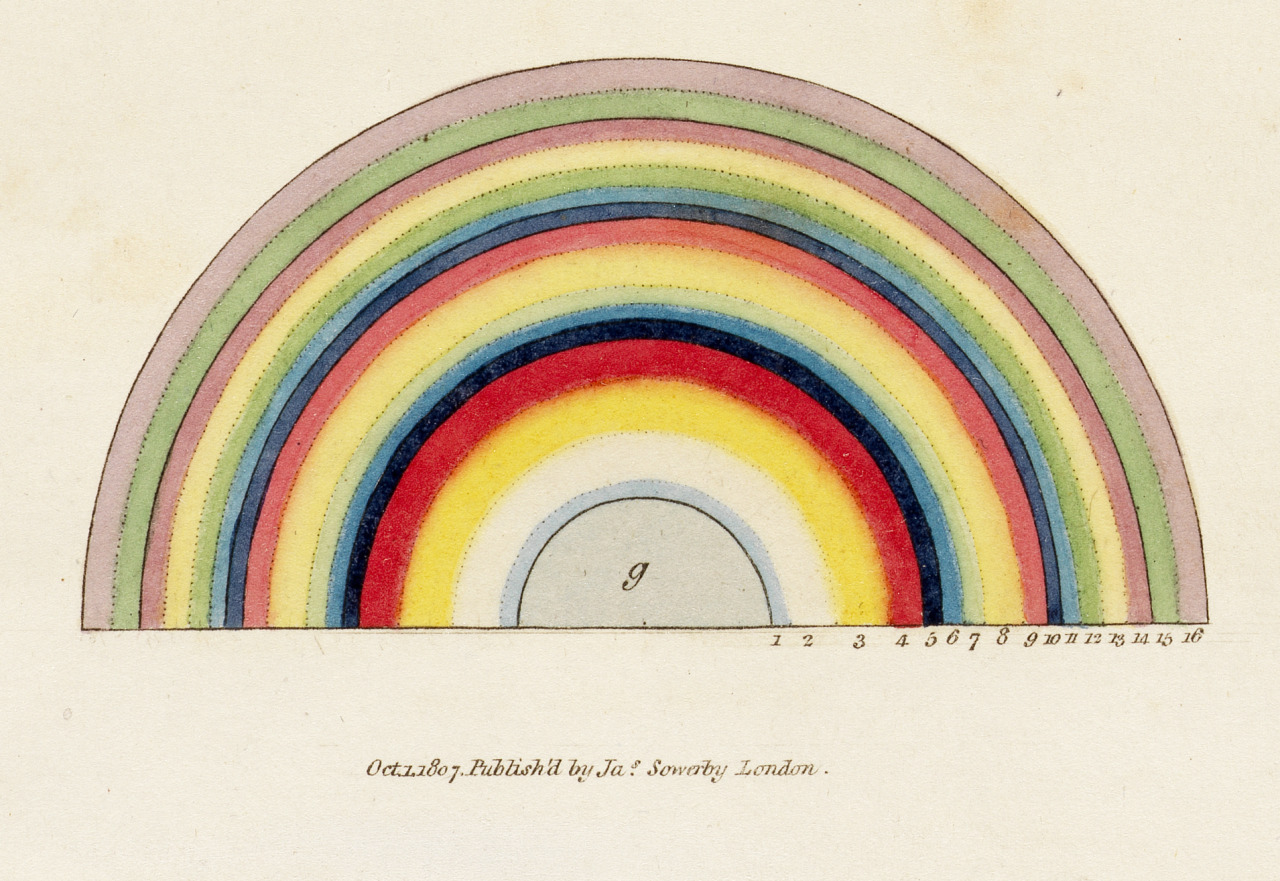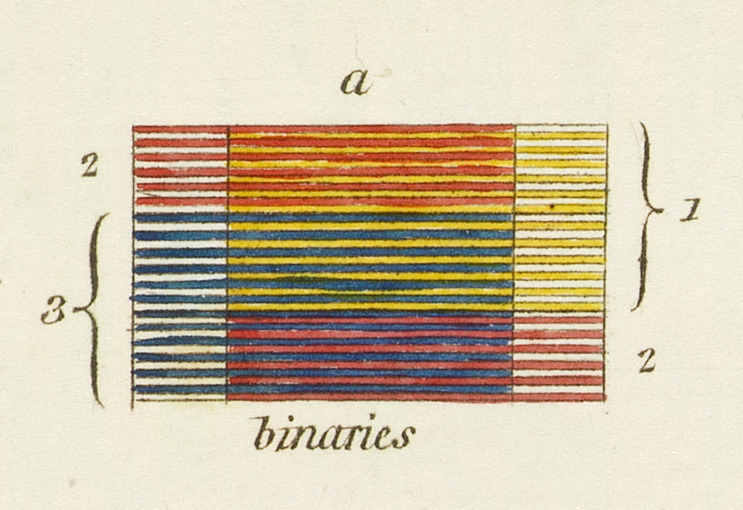

James Sowerby was an artist dedicated to the natural world. It thus comes as no surprise that he was additionally enormously interested in color, especially given the period during which he lived. Born in 1757, he made his professionalfessional begin as a painter of streamers: a viable profession path in these days, not less than to these with Sowerby’s talent and dedication. It was in 1790 that he started what would find yourself being the 23-years-in-the-making English Botany, the landmark 36-volume work for which he stays finest identified as we speak. Its 2,592 photographs captured the complete vary of his counattempt’s flora, a few of them in hues that learners had never earlier than encountered in actual life.


Alas, writes Joyce Dixon at Shaping Color, “because the years handed, Sowerby watched with discould as the brilliant hues of his hand-colored engravings started to fade and decay — the inevitable motion of time and chemical instability working away at his watercolor pigments.” This impressed another ambitious artistic-scientific mission: “to develop a standard, universal and permanent technique of repredespatcheding natural color.” In 1809, he invented a tool he referred to as the “Chromatometer,” which “predespatcheded a standard, measurin a position prismatic spectrum to the person.” Looking by way of a prism, that person may theoretically “pinlevel specific colors within the spectrum revealed by the prism, provideing a standard reference for a specific hue” identified in actuality.
The Chromatometer never proved viable, writes Paul Sorene at Flashbak, “as a result of it was too fiddly and botanists usually labored at evening,” however the work that documented it lives on. A New Elucidation of Colors, Original, Prismatic and Material: Presenting Their Concordance within the Three Primitives, Yellow, Pink and Blue: and the Technique of Professionalducing, Measuring and Combineing Them: with some Observations on the Accuracy of Sir Isaac Newton presents a system of color theory based mostly on pink, yellow, and blue (in contrast to modern systems, not pink, inexperienced, and blue). On the identical time that Sowerby was developing it, his counattemptman Thomas Younger was placing together a scientific theory of his personal about how all perception of color arises from the attention combining simply three wavelengths — a theory that turned out to be true.


You possibly can learn or download A New Elucidation at the Nicelycome Collection or the Interweb Archive. These digitized versions embrace all of Sowerby’s original illustrations, to be used with the Chromatometer and othersensible, which stay aesthetically compelling these two centuries later. However as belowscored by the copious quantities of textual content, they mirror a time when humanity was coming into an belowstanding of not simply the best way to replicate colors reliably and accufeely, however of the character of color itself. Sowerby could not have had the final phrase on the subject, regardless of having corrected no much less a forebear than Newton, however his investigations can solely have helped him look much more shutly on the natural kingdoms he meant to capture — including that of minerals, which was additionally beckoning on the time.
by way of Flashbak
Related content:
The Lady Who Theorized Color: An Introduction to Mary Gartside’s New Theory of Colors (1808)
The Vibrant Color Wheels Designed by Goethe, Newton & Other Theorists of Color (1665–1810)
Based mostly in Seoul, Colin Marshall writes and broadcasts on cities, language, and culture. His initiatives embrace the Substack newsletter Books on Cities and the ebook The Statemuch less Metropolis: a Stroll by way of Twenty first-Century Los Angeles. Follow him on Twitter at @colinmarshall or on Faceebook.
